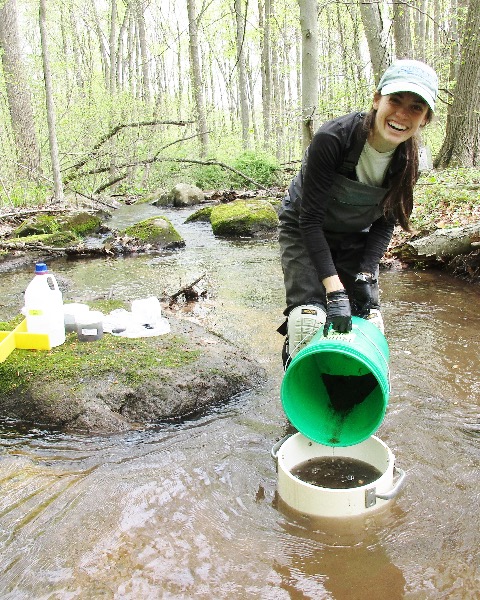Student 10-Minute Presentation
Plant-Insect Ecosystems
Student
Student Competition
Multispecies lepidopteran trapping: Altered trap capture and exploration of uses in IPM

Kelly McIntyre (she/her/hers)
Graduate Research Assistant
Virginia Tech
Winchester, Virginia
Alejandro Del-Pozo
Assistant Professor of Entomology
Virginia Tech
Virginia Beach, Virginia
Erin W. Hodgson (she/her/hers)
Professor and Extension Entomologist
Iowa State University
Ames, Iowa- AR
Arash Rashed
Associate Professor of Entomology and Director of the Southern Piedmont R and E Center
Virginia Tech
Blackstone, Virginia - KR
Kevin B. Rice
Director and Entomologist
Virginia Tech
Winchester, Virginia
Presenting Author(s)
Co-Author(s)
Synthetic pheromones are used in integrated pest management (IPM) programs to monitor insect dispersal, inform management decisions, and reduce economic damage through behaviorally-based control strategies. Combining pheromone lures from multiple lepidopteran species into a single trap often results in reduced trap capture, or antagonism, compared to single-species traps. Antagonism is an undesirable outcome for monitoring programs, and combining lures for population monitoring or mating disruption should be avoided unless lure compatibility is evaluated. In a series of field experiments in orchards and field crops, we compared trap captures in traps baited with individual pheromones with trap captures baited with combined pheromones from eight lepidopteran pests: corn earworm, codling moth, diamondback moth, European corn borer, fall armyworm, oriental fruit moth, true armyworm, and tobacco budworm. We found antagonism in combined pheromone trap captures for corn earworm, fall armyworm, and true armyworm and an increase in trap capture, or synergism, for oriental fruit moth. We discuss potential uses for antagonistic responses in IPM programs.

.png)

